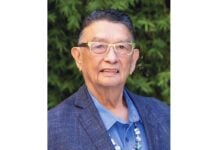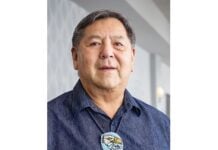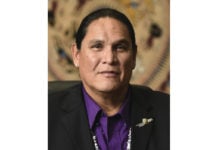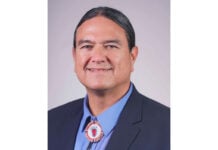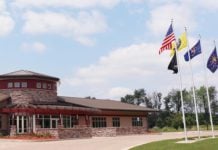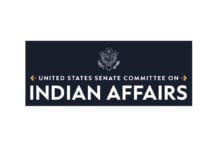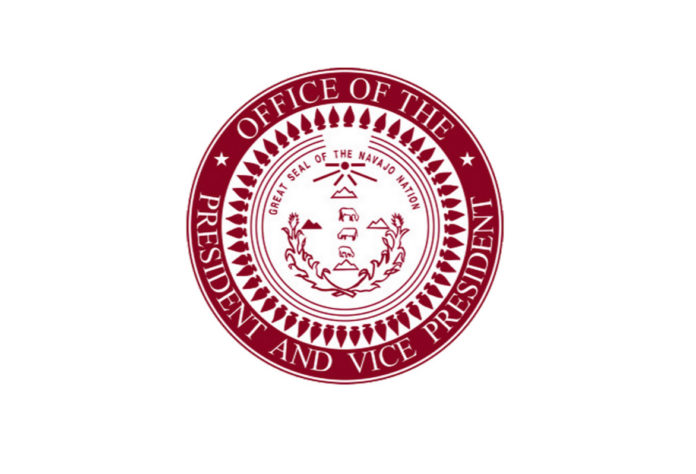WINDOW ROCK, AZ – On August 7, Capitol Operating Group experienced a release from a corroded pipeline between the saltwater tank and an injection well, Navajo 7, located in Red Valley, AZ, on the Navajo Nation. The Capitol Group reported that approximately 60 to 80 barrels of brine water were released. The brine water contained oil, brine, and saltwater. The release traveled over three miles through an unnamed drainage to the Standing Redrock Creek, a tributary to the San Juan River.
The Navajo Nation Environmental Protection Agency (EPA) and the Navajo Nation Minerals Department responded to the spill under different authorities. The Navajo EPA Underground Injection Control was notified on August 8. The Navajo EPA Surface and Groundwater Protection Department has been on-site assessing the spill and monitoring the clean-up of the Standing Redrock Creek.
Navajo Nation EPA Executive Director Valinda Shirley has also been on-site daily to ensure an appropriate and facilitated response to the release from the responsible party, and ensuring the approach to the clean-up will not cause additional harm to the environment. On August 11, at the request of the Navajo EPA, the U.S. EPA visited the site and issued a letter of federal interest to Capitol Operating Group.
“The Navajo Nation EPA was quick to respond to the situation and to notify our federal partners in order to provide necessary support as they move forward with assessing and remediating the site,” said Navajo Nation President Jonathan Nez. “We continue to monitor the situation together and we will continue to hold the responsible party, the Capital Group, accountable and ensure that they provide the highest level of remediation as a result of the spill that occurred.”
The Capital Group subcontractors and staff deployed absorbent mats throughout the Standing Redrock Creek to help absorb the oil. Any standing oil in the unnamed drainage has been removed. The contaminated soil in the Standing Redrock Creek were collected into piles, shoveled into buckets or bags, taken to a staging area to transport to a licensed facility.
The remediation is expected to continue into the current week and the next. The remaining workload includes addressing the replacement of the pipeline, treatment of the release site, continuing treatment of the unnamed drainage, and collecting of the contaminated soil in the creek bed. Berms and additional absorbent pads were placed throughout the creek to collect any runoff from the monsoon rains.
On August 10, Navajo Nation Vice President Myron Lizer and Council Delegate Amber Kanazbah Crotty visited the spill site and met with community members to hear their concerns and help provide information. During his visit, Vice President Lizer reassured residents that the Navajo Nation EPA will continue their efforts to provide effective communication and services.
“Sadly, the Navajo Nation has a history of hazardous spills within our sacred communities where many families reside,” said Vice President Lizer. “This spill will be resolved with collaborative efforts with federal and state agencies to clean, remediate and preserve the wildlife, grazing and farming areas along the creek. We are appreciative of the community members for alerting our office and agencies to be responsive to this situation. Through our prayers and strength as Diné people, we will continue to protect our livelihood and families.”
“The Navajo EPA and the Nez-Lizer Administration share a profound commitment to ensure the responsible party remediate areas of Dine Bikeyah impacted by this spill,” said Navajo Nation EPA Executive Director Valinda Shirley. “We are working with David Burns, CEO of the Capital Operating Group to address the release. Mr. Burns has been on-site to coordinate the clean-up since August 14, and accepts full responsibility for the spill. We will continue to provide oversight of the remediation activities until its completion.”







